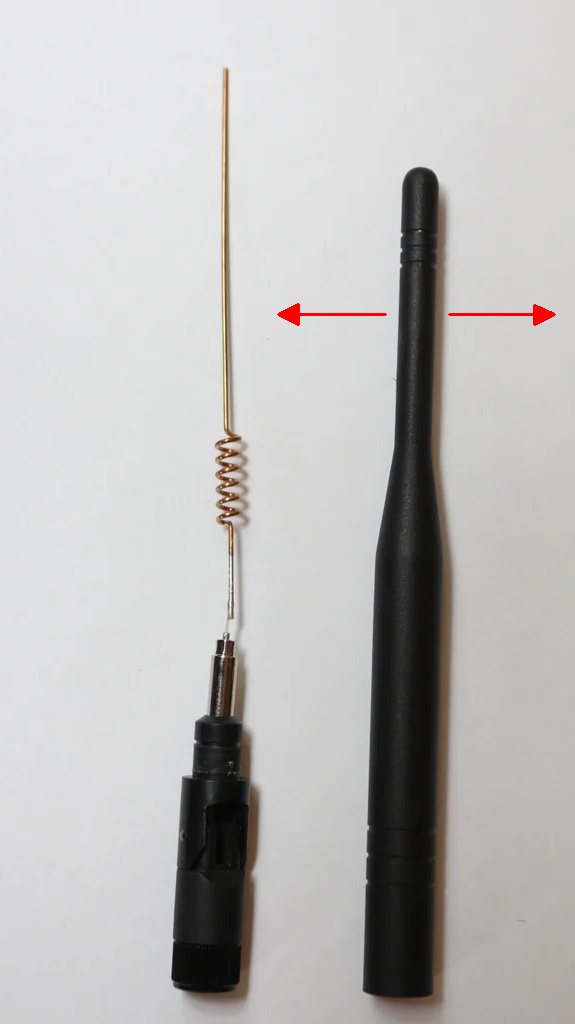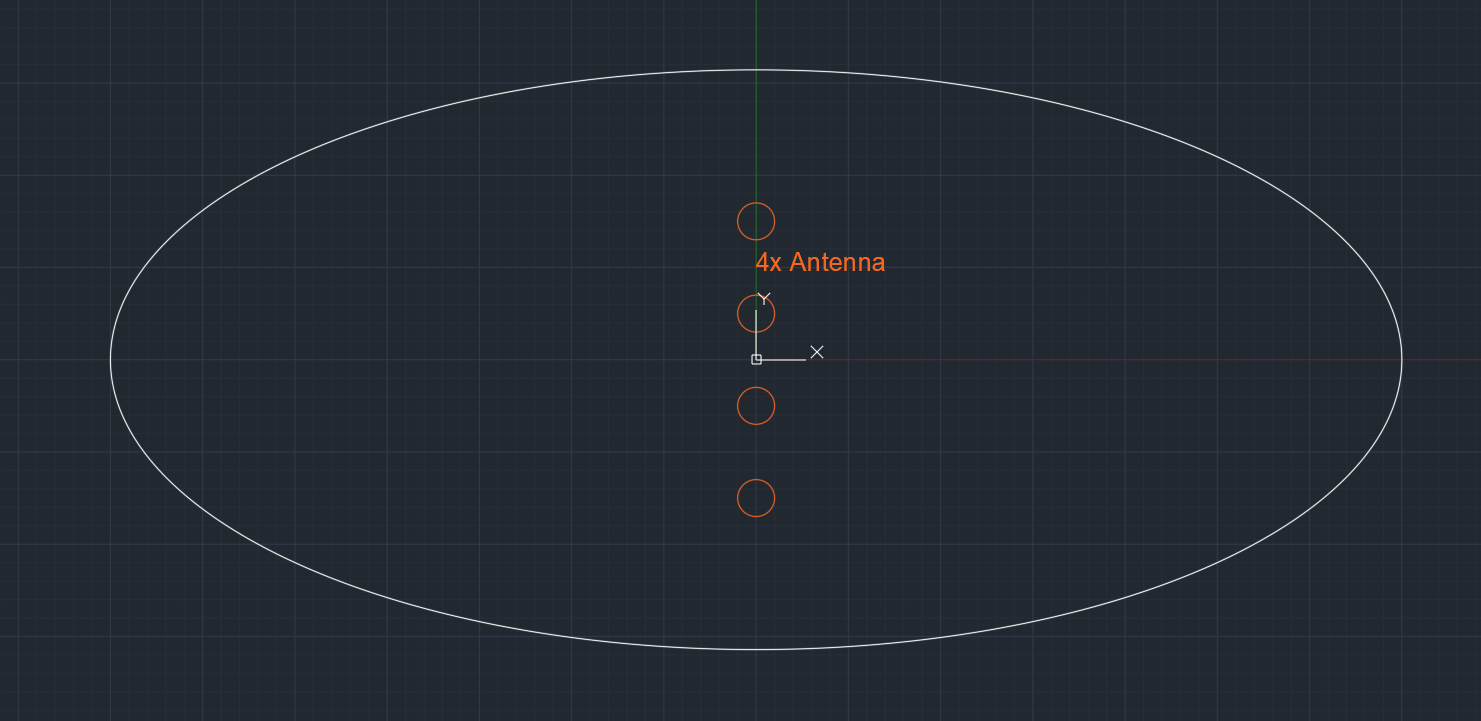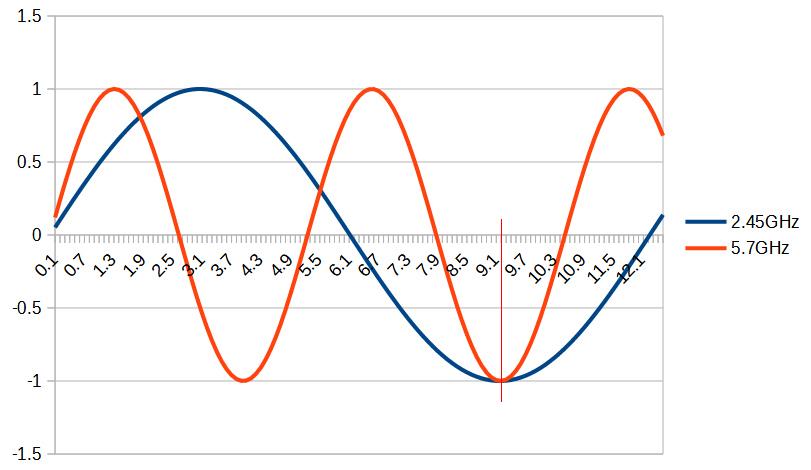I’ll try to answer questions, but keep in mind this is really complex. Radiation patterns depend on antenna placement, shape, and gain, but also on channel settings. MIMO, for example, complicates things a lot.
Simple questions first:
Correct!
Yes, thats correct. If they are all operating together it will shape the signal like that. MIMO tends to make them operate in individual lobes like I showed above, but overall still in the shape you show.
I’d likely rabbit-ear them a little, just to help the signal spread around objects, and to help with polarization.
A dipole puts out a signal polarized in the direction it points. Like polarized light. The antennae in devices tend not to be dipoles - they try and make them fairly omnidirectional, but that’s not possible in all instances (and given the flatness of phones and tablets). So if you have 100% vertical polarization in your router, but your device has an antenna that is more sensitive to a signal with horizontal polarization, then even given good signal strength you’ll lose signal. So rabbit ear them a little, or maybe lay one down, just to mix up the polarization in your footprint.
Most antenna that are round vs flat but which are still long are usually dipoles inside a plastic molding made to look cool. It’s possible that they have some sort of etched PCB antenna inside, in which case the signal pattern is anyone’s guess (depends on the shape of the trace), but more often than not when you break them open they are just a dipole.
For gain, as mentioned, MOST of the gain numbers in ads on Ali Express or even Amazon are fairy tales. A dipole gives 2.14dBi gain. A thee element colinear might give 5 or 6dBi gain but will be 40cm long. To get the 8-12dBi gain claimed by some, you’d need a colinear antenna that’s a good 1m long. These exist, but aren’t really practical.
The gain of those antenna shapes the signal to be more and more like a frisbee (a dipole is like a donut), flattening it out. Maybe good for single-floor, but very strongly polarized, and harder to make efficient and broadband.
I tend to stick with normal dipoles.
For a centrally located router on a single-floor dwelling, with a 4+4 antenna placement on the case, I would recommend dipole antennae with the 5GHz placed in the corners and 2.4GHz placed in the middle on either side:
5g 5g
2g4 2g4
2g4 2g4
5g 5g
Even when they are not broadcasting together or on the same frequency, the physical placement of the other antennae will still shape the signal. In a 4+4 arrangement, you can expect each antenna to produce primary lobes that look something like this:
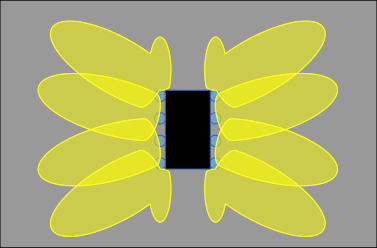
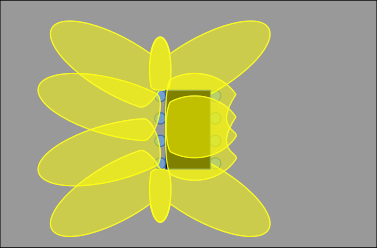
The first diagram shows the pattern coming out from the left and right antennae, and for clutter I omitted the signal coming the other way… The second diagram is showing the approximate signal pattern in both directions from the left antennae. These are both significant oversimplifications, and are based on all antenna being straight up. You can, for example, improve the right-hand radiation pattern of the left antennae by laying the top or bottom one down. So if you had 5g on one side and 2.4 on the other, I would likely lay the top antenna on the left side down and the bottom antenna on the right side down.
But for a centrally located router on a single floor dwelling, 5G in the corners and 2.4G in the middle will likely give the best general coverage.
EDIT: Here’s a better diagram. Yellow is signal from left, blue is signal from right.




